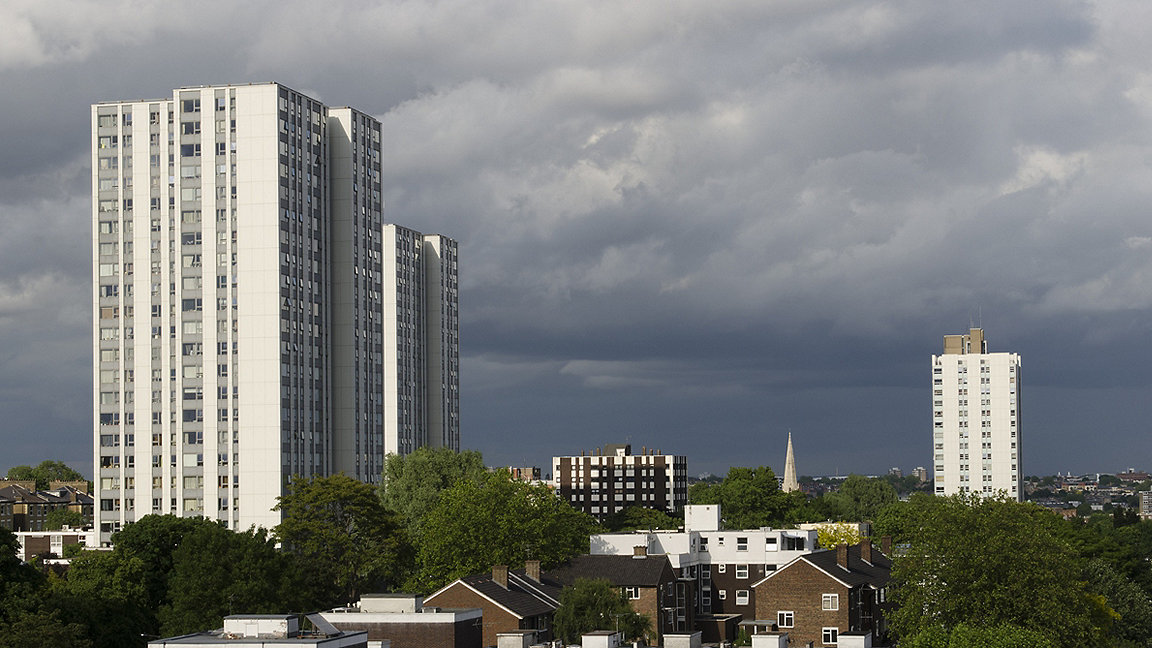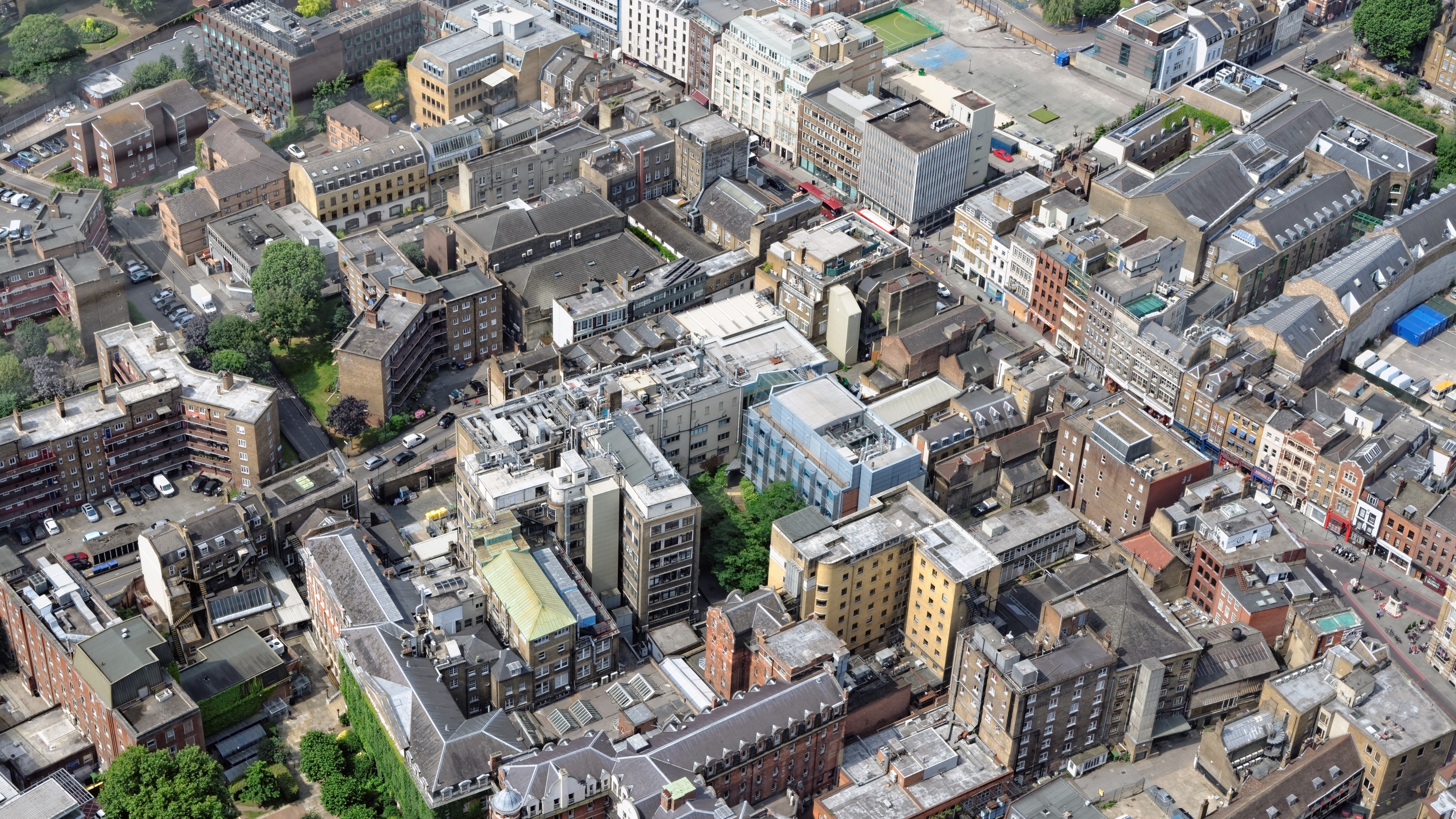
The latest version of the Building Safety Bill is now being debated in the House of Lords. The most notable proposed amendments from the UK government include greater protection for leaseholders regarding liability for remediation costs, and the ability to require manufacturers of defective products to be made to pay towards those costs.
Amendments
Amendments have also been tabled to dispense with the Building Safety Charge (BSC) as a separate charging mechanism within the Bill. This is to avoid a new separate BSC regime, associated administration and related costs for leaseholders.
As a result, building safety-related costs are likely to be included in the service charge regime, with a requirement to provide leaseholders with key information.
The marshalled list of amendments to be moved in grand committee document dated 17 February 2022 includes a significant quantity and variety of proposed amendments. Some of the more significant proposals can be summarised as follows:
Lord Greenhalgh is seeking to extend the scope of Clause 57 – Levy on applications for building control approval in respect of higher risk buildings (HRBs) to extend the power to impose a levy on non HRBs of residential or mixed-use.
Proposals by Lord Best in Clause 45 seek to introduce a new clause titled appointment of third parties. This provision would enable leaseholder-owned or controlled companies to appoint an external professional to discharge the functions of the accountable person or principal accountable person and for the associated costs to be recoverable (and regulated) as if they were a service charge under the lease.
This proposal also includes a provision that the Secretary of State may by regulations impose conditions on the appointment of an external professional, which may include a minimum level of qualification and minimum levels of professional indemnity provision.
Lord Young of Cookham proposes to introduce additional requirements into Section 36 of the Building Act 1984 to support the polluter pays approach to the removal or alteration of offending work in contravention of Fire Safety Regulations as well as proposals for dispute resolution and penalties.
Proposals submitted by The Earl of Lytton insert a new schedule on the proposed fire hazard remediation scheme (FHRS), intended to speedily rectify fire hazards by the person responsible – perpetrator (polluter) pays principle, with no cost to leaseholders. The scheme would apply to blocks of flats constructed since 1 June 1992, which present fire hazards as a result of defective construction including breach of building regulations or other FHRS regulations.
Lord Stunell calls for an amendment to include a public register of fire risk assessors for the purpose of enabling buildings' owners and accountable persons to verify the competence of fire risk assessors and enable government and industry to assess the quantity of fire risk assessors required to be trained.
Finally, a proposal on the introduction of the requirement for electrical installation condition reports for all leasehold dwellings (flats) within high rise residential and mixed-use buildings.
As the legislative process continues, the Department for Levelling Up, Housing and Communities has provided more details on the new roles, responsibilities and requirements introduced as part of the Bill, and the obligations and liabilities they will carry. These are in the form of many factsheets. We have summarised the details of those most relevant to RICS members below.
Impact assessment factsheet
The impact assessment factsheet highlights in detail the intentions of the Bill, which include the establishment of the building safety regulator as part of the Health and Safety Executive and the introduction of amendments to the Defective Premises Act 1972 regarding timescales for action to be taken. The Bill will also implement a new framework for the regulation of construction products in advance of a national regulator for construction products, which is being established in the Office for Product Safety and Standards.
In addition, the Bill will introduce wider changes across the industry by way of amendments to existing legislation, including the Architects Act 1997, The Regulatory Reform (Fire Safety) Order 2005 and the Housing Act 1996. New provisions to establish a new homes ombudsman are also included.
'The impact assessment factsheet highlights in detail the intentions of the Bill'
Dutyholders and industry competence factsheets
The dutyholders and industry competence factsheets identify new roles under the Bill for those involved in the design and construction of the building, namely the client, principal designer, designers, principal contractor and contractors.
The Bill will place clear responsibilities on these parties to ensure that the building or refurbishment is designed and constructed to be safe and compliant with the relevant Building Regulations. It is important to recognise that the requirements on these parties under the Bill are in addition to those imposed under The Construction Design and Management (CDM) Regulations 2015.
Included buildings factsheet
The buildings included in the new and more stringent regulatory regime factsheet introduces the new regulatory regime for high-rise and other in-scope buildings, collectively known as higher-risk buildings (HRBs). HRBs are defined as those that are at least 18 metres in height or seven storeys with two or more residential units.
The golden thread factsheet
The golden thread factsheet explains the requirements for how information about a building, and the information management processes for using and accessing that information, are to be handled in order to ensure the safety of all building users. Responsibility for collating the golden thread of information will sit with the dutyholders during construction and the accountable person once the building is occupied.
Building control factsheets
The building control registration and regulatory oversight factsheet provides details on how the building control regime in England will be reformed by the Bill, including the improvement of professional competence and the powers available to the building safety regulator.
These include the requirement for all currently approved inspectors to register as 'building control approvers' and the introduction of the role of 'registered building inspector'. Further clarity on how and why these amendments are required is provided in the wider changes to the Building Act 1984 factsheet.
The building control regime for higher-risk buildings (Gateways 2 and 3) factsheet identifies the details around the new building regulations gateway process, comprising Gateway 2, which is before construction work commences, and Gateway 3, which is on completion of construction.
'The building control registration and regulatory oversight factsheet provides details on how the building control regime in England will be reformed by the Bill'
Construction and refurbishment factsheets
The construction products regulatory framework factsheet explains how the Bill will strengthen regulations relating to the manufacturer of safety-critical products used in the industry to ensure their products are appropriate for use, and that action can be taken by the National Regulator for Construction Products where this is not the case.
The national regulator for construction products factsheet provides greater detail on how the new regulator will operate and the sanctions it will be able to impose. These include the power to enter, inspect and search manufacturing premises; the imposition of fines; and ultimately the withdrawal of products from the market.
The refurbishments factsheet explains that although projects of this type are not subject to the gateway process, they will need to provide certain prescribed documents to the building safety regulator prior to any work commencing. Details of the building safety levy are set out, with the government currently analysing the findings of the consultation on this undertaken in late 2021.
Details of the safety case, safety management systems, mandatory occurrence reporting and building registration and certification required by accountable persons, including the transitional arrangements for existing buildings, were all covered in Gary Strong's how will new UK building safety regime work article.
RICS will continue to provide updates on the progress of the Bill and the guidance that will inevitably be required to support the industry in anticipation of the Bill gaining Royal Assent and becoming law. In the meantime, we encourage members to review the relevant factsheets and prepare for the implementation of the Act and associated requirements.
We would also like to encourage members and firms to contact us at standards@rics.org to share your plans and help shape the work that we are doing in anticipation of the implementation of the new building safety regime.
Matthew Collins MRICS is RICS' senior specialist, construction and infrastructure management
Contact Matthew: Email
Antony Parkinson MRICS is RICS' senior specialist, property standards
Contact Anthony: Email
Related competencies include: Design and specification, Fire safety, Legal/regulatory compliance, Property management

